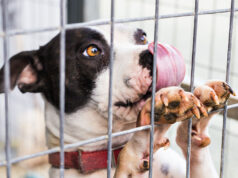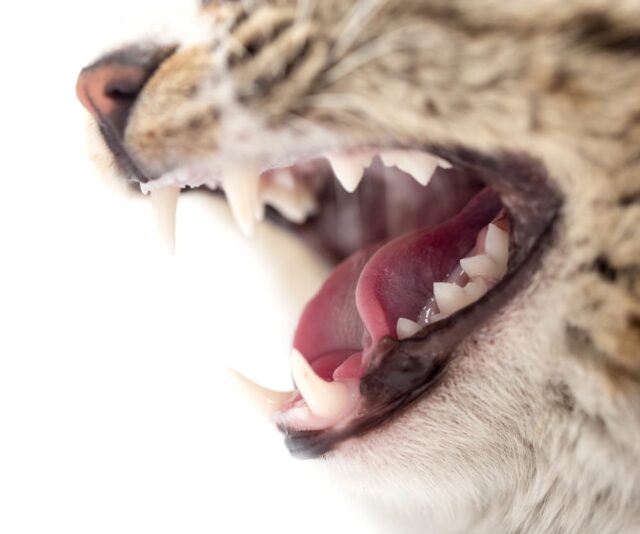
Like dogs, cats have been finding their place in our homes for years. For many, these animals are more than a pet but are treated as a family member who has their bed, toilet, time to play, and cuddle. If we had to single out the difference between a house and field cats, we could say that those who spend time outside are more resourceful, but also more resilient.
Namely, house cats are more sensitive when it comes to health, and a problem they often encounter is dental because these cats cannot find a suitable substitute for chewing in the house, such as bone or grass and everything else they would find outside. Precisely for this reason, during a veterinary examination, the vet often notices that the cat has gingivitis or periodontitis with a few loose teeth.
Kittens lose baby teeth between 4 and 6 months of age. Adult cats have 30 teeth consisting of canines, incisors, pre-molars, and molars, and once permanent teeth appear it is necessary to start regular checkups. Dental problems can cause stress and discomfort in cats as well as a loss of appetite. We bring you a list of 8 specific dental problems that you need to pay attention to.
1. Plaque
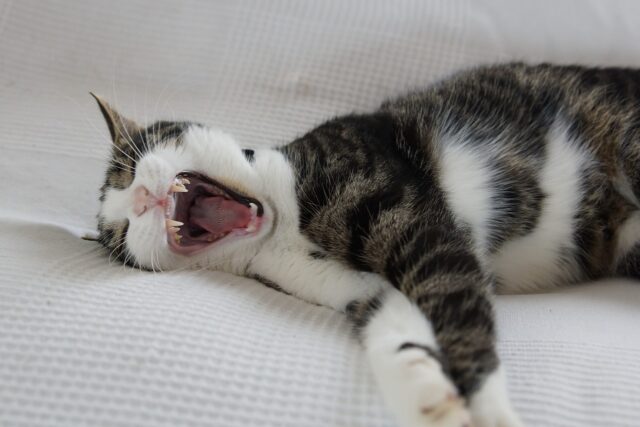
Plaque can be a real problem and if left untreated can cause other health problems. Giving dry food can help remove plaque, but if the plaque is large you should seek the help of a veterinarian. Plaque is caused by the accumulation of food debris and bacteria along a cat’s gums. If not cleaned, in combination with cat saliva it creates tartar on the teeth.
2. Accumulation of tartar
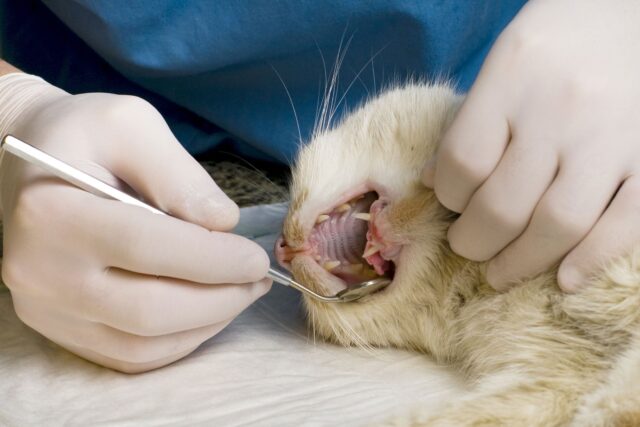
Cats very rarely suffer from tooth decay, but that is why they often have problems with their gums. Accumulation of tartar on the teeth irritates the gums and causes their inflammation, a condition known as gingivitis. Regular descaling will prevent the onset of gingivitis and periodontitis.
3. Gingivitis
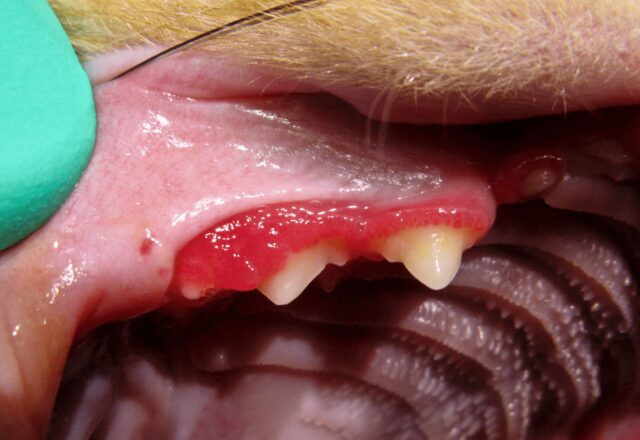
This is the mildest form of periodontitis. Gingivitis can affect only one or more teeth and spread as inflammation and infection of the gums. The infection spreads from the gums to the ligaments and then to the jawbones. If left untreated, tooth loss occurs. Another problem is that the gums are well-circulated, which means that the bacteria can be easily transmitted through the blood to vital organs, primarily the liver and kidneys.
4. Periodontitis
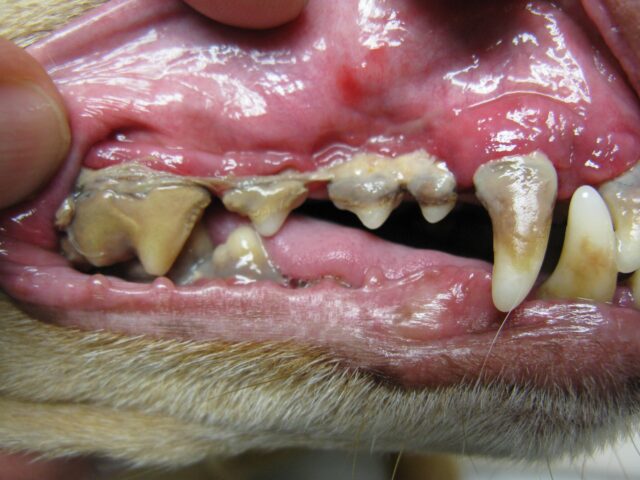
Unlike gingivitis, periodontitis is not easy to treat and can cause many problems that are painful for your cat. The disease needs to be diagnosed and treated as soon as possible to slow its progression.
5. Resorptive lesion
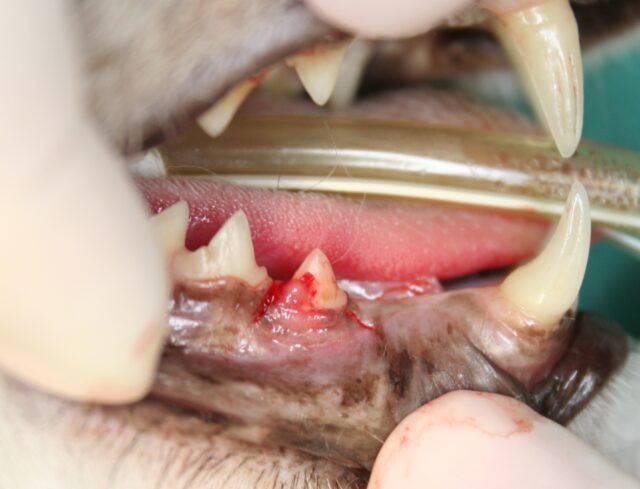
This is a common disease in older cats, which occurs at the junction of teeth and gums. It is characterized by the gradual disappearance of solid structures and tooth loss. The cause of this disease is not yet known, and purebred cats and those aged 4 to 6 are most often affected.
6. Broken tooth
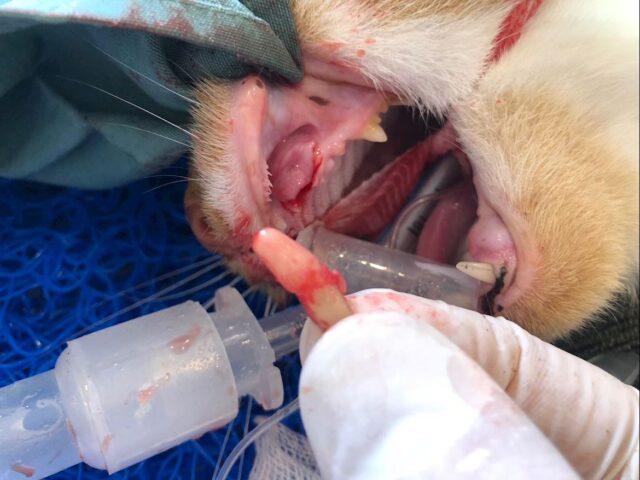
If you threaten a cat to touch its snout with its paw or rub its jaw against furniture, it could be a sign of a broken tooth. A broken tooth can become infected leading to swelling of the area under the eye or even the entire jaw. The cat will have difficulty eating and may weaken if such a condition is not remedied immediately.
7. Stomatitis
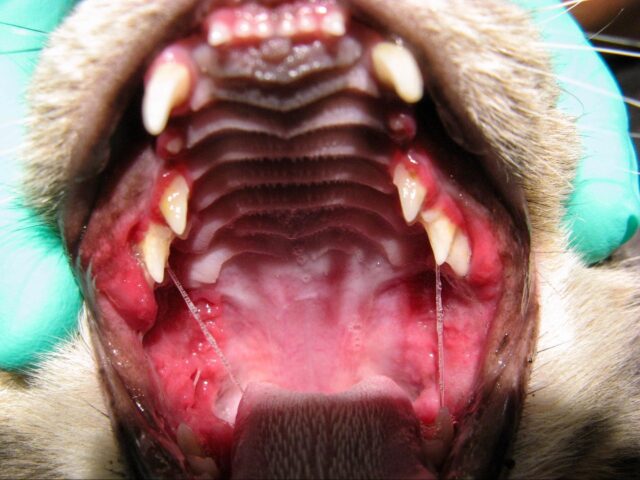
This painful inflammation of the oral cavity can develop in all cats of any age. Cats that suffer from stomatitis usually have bad breath and inflamed red gums. If left untreated, this infection and inflammation spread to the entire throat, making it difficult for cats to swallow food and sometimes water.
8. Oral cancer
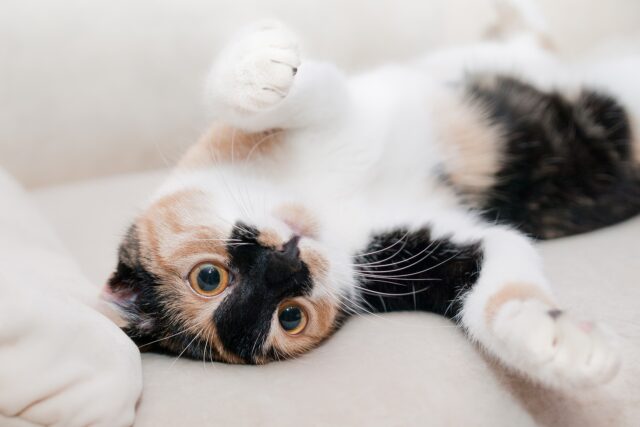
This disease is common in cats. It occurs in the mouth in the form of tumors that can develop inside the teeth, soft tissue or in the jaw. Older cats get sick more often, and it is important to detect it in time to stop its spread.
What can we do to prevent any of these oral diseases?
Caring for cat teeth is an important part of caring for their overall health. Maintain regular hygiene and control of your cat’s teeth, as research has shown that dental diseases are often the main cause of much more serious health problems. As many as 70% of adult cats suffer from a dental problem that requires a visit to the vet. What every owner can and should do for their pet is to take care of its oral hygiene. Here we are talking about cat toothpaste, which you can learn more about if you go here. Cats do not need to brush their teeth every day, three times a week will suffice.
In addition to regular dental hygiene, many dental diseases can be prevented in the following ways:
Massaging the gums
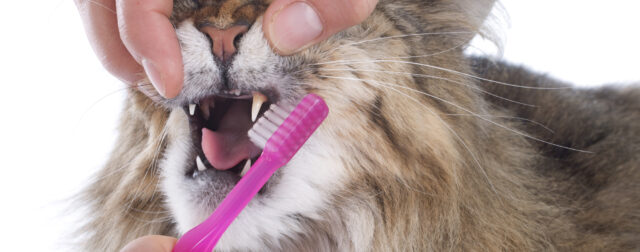
Changes in the teeth are very often caused by irritated or inflamed gums. That is why it is very important that, in addition to brushing your cat’s teeth regularly, you do not forget to massage your gums from time to time, because in that way your gums are strengthened and healing is accelerated if the inflammation already exists. Irritated gums are easy to recognize because they are no longer pink, but red.
Nutrition is very important
As with humans, nutrition plays a key role in animal health. A combination of dry and wet food, sometimes meat, is considered healthy cat food. Fish is, of course, inevitable on the cat menu! As a treat, it is best to introduce a healthy snack that also cleans the cat’s teeth.
Chewing bone
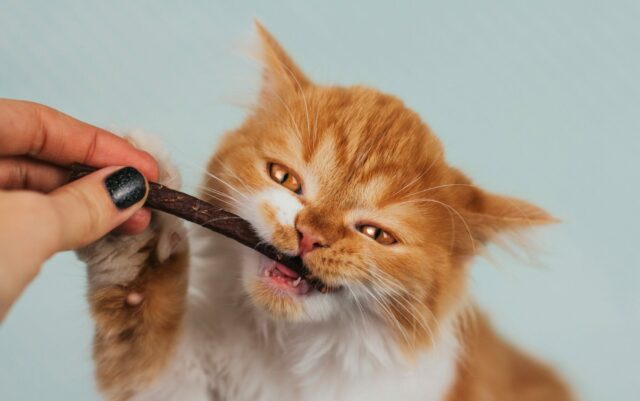
We know that cats are predators, so this leads us to the following conclusion – biting strong bones helps keep teeth and gums healthy, and also removes tartar from teeth. Veterinarians advise that it is better to give raw than cooked bone, but that it is necessary to be careful with pork, chicken, and fish bones.
From all this, we can conclude that this pet requires much more attention than we thought, but for true lovers of these creatures, it will certainly not be a problem, because only a healthy cat is a happy cat.






